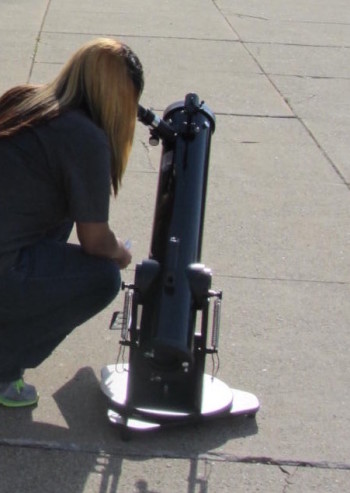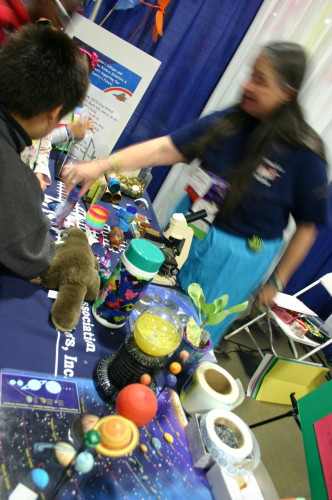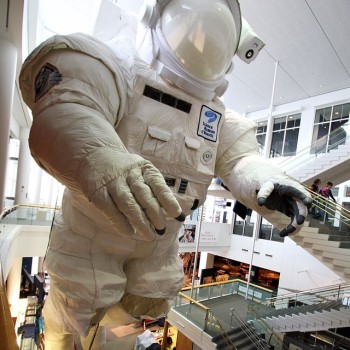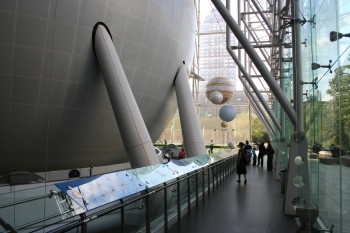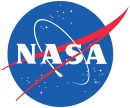 We have experience in examining after-programs that teach astronomy, teacher professional development in astronomy and space science resources. Please browse selected examples of our rigorous, independent evaluations for National Aeronautics and Space Administration (NASA) grant-funded science education programs.
We have experience in examining after-programs that teach astronomy, teacher professional development in astronomy and space science resources. Please browse selected examples of our rigorous, independent evaluations for National Aeronautics and Space Administration (NASA) grant-funded science education programs.
We welcome the opportunity to discuss your project with you and to provide you with more information about our tailored services. Please Contact Us to schedule a free 30-minute Q&A session with a consultant.
